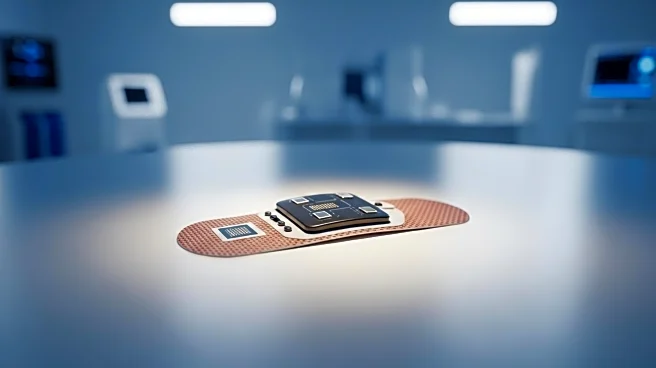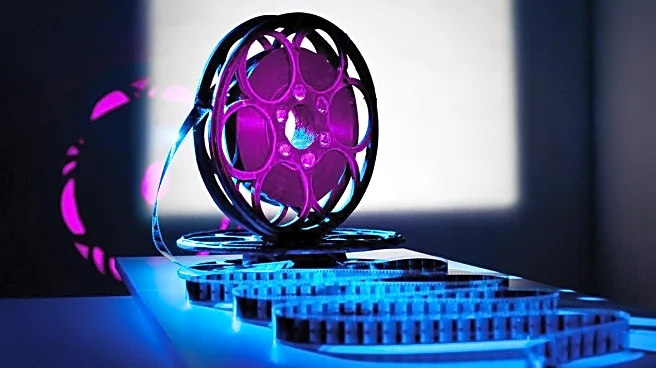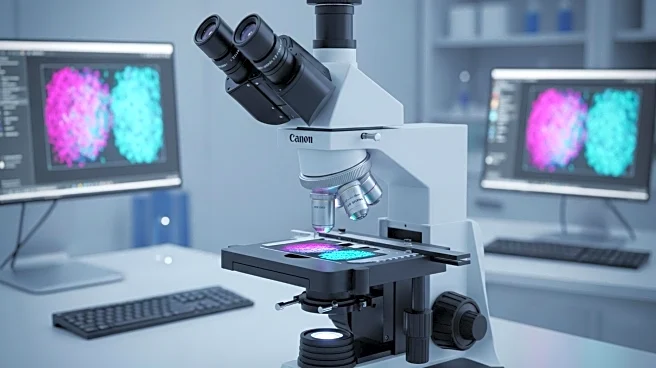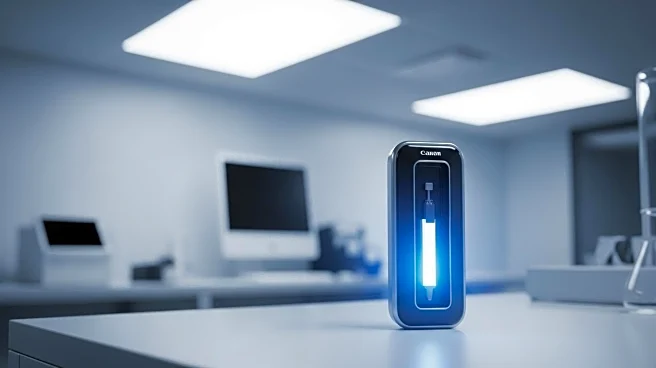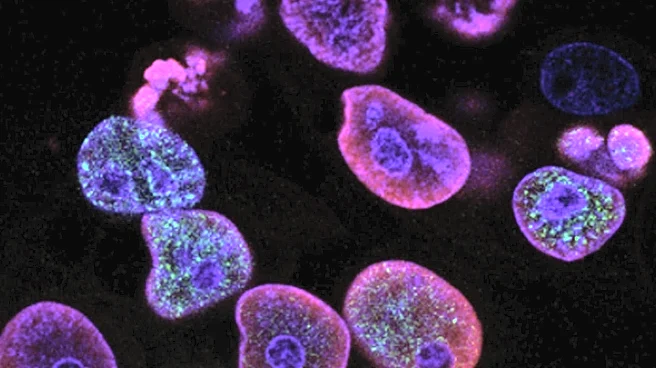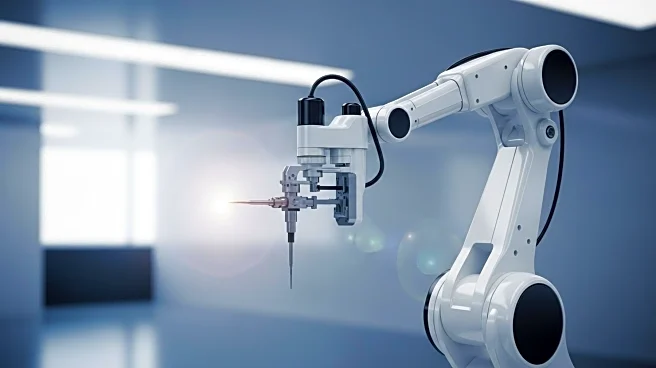What's Happening?
Marginum, a Finnish medical technology company, has announced that its HIVEN® device has been cleared for the CE mark, marking a significant regulatory milestone. The device, designed for fluorescence-guided neurosurgery, provides real-time feedback to assist surgeons in accurately detecting tumorous tissue during surgery. This breakthrough class IIb medical device aims to improve patient outcomes by reducing the likelihood of reoperations and ensuring more complete tumor resections. The HIVEN® device uses aspirate tissue monitoring technology to detect fluorescent cancer tissue without disrupting standard surgical workflows, addressing challenges such as incomplete removal and damage to healthy tissues.
Why It's Important?
The clearance of the HIVEN® device for the CE mark represents a major advancement in precision cancer surgery. By providing surgeons with immediate insight into tumor margins, the device enhances surgical accuracy and reduces healthcare costs associated with reoperations and long-term complications. The technology addresses critical challenges in neurosurgery, such as distinguishing tumor from healthy tissue in anatomically constrained areas. This development could lead to improved surgical outcomes and patient care, particularly in the treatment of high-grade gliomas where precise margin identification is crucial.
What's Next?
Marginum plans to integrate the HIVEN® device into clinical practice across Europe, potentially expanding its use to other types of cancer surgeries. The company may explore further applications of its fluorescence-guided technology in different surgical contexts, aiming to enhance the precision and safety of oncological procedures. As the device gains traction in clinical settings, Marginum may seek additional regulatory approvals to expand its market reach globally.
Beyond the Headlines
The HIVEN® device's ability to provide real-time feedback during surgery represents a shift towards more technologically advanced and data-driven surgical practices. This innovation could lead to a new era of precision medicine, where surgical decisions are informed by immediate and accurate data. The device's development highlights the growing importance of integrating advanced technologies into healthcare to improve patient outcomes and streamline surgical workflows.


